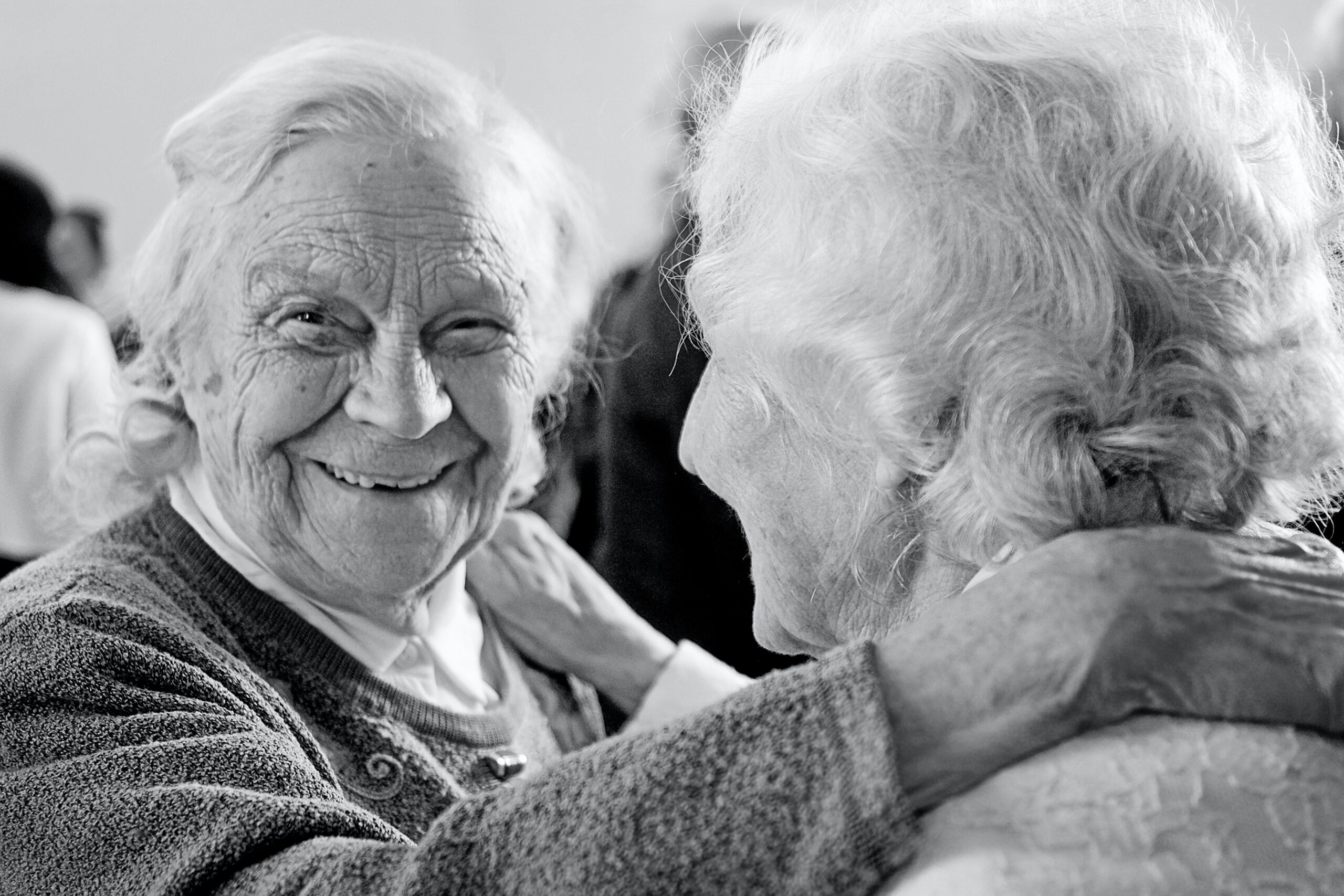As we age gracefully, our bodies go through several transformations. The once-vigorous muscles that carried us through life can start to wane. The quick motions that were effortless before can suddenly need a little more work. But do not worry! Active aging does not have to be a downward spiral. We can keep growing, improve our range of motion, and preserve our muscle mass if we employ the appropriate techniques.
Protein’s Function in Muscle Health
One essential nutrient that is at the center of this effort is protein. The complex structures that make up our muscles are mostly made of protein fibers. Maintaining muscular mass becomes increasingly important as we age. This is the reason why:
Decline in Muscle Mass: There is very little loss of muscle between the ages of 20 and 40. But something starts to gradually go wrong beyond 40. There is a 1% to 2% year decline in lean body mass and a corresponding decrease in strength. Our capacity to carry out daily chores with ease is compromised by this deterioration.

Changes in Muscle Fibers: As people age, their muscle fiber count and size decrease. These fibers could even perish if they get too little. Muscle speed is impacted by the faster-twitch muscle fibers, which are in charge of quick motions but also degrade more quickly.
Hormonal Shifts: The health of muscles is greatly influenced by hormones. Growth factors and hormones that promote muscle growth (such as DHEA, insulin-like growth factor, growth hormone, and testosterone) decrease with age. This hormonal shift impacts muscle repair and regeneration.
Protein: The Structural Foundation of Power
Protein is necessary for everyone, not just bodybuilders, especially as we age. This is how protein maintains the health of muscles:
Growth and Repair of Muscle: Protein contains the amino acids required for both the creation of new muscle fibers and the repair of damaged ones. Frequent consumption guarantees ideal muscular performance.
Maintaining Lean Mass: Getting enough protein in your diet helps stop muscular atrophy. Protein serves as the barrier that prevents muscle breakdown, much like reinforcing a castle’s defenses.
Strength and Function: Gains in strength are fueled by protein. Functional strength is essential for tasks like lifting weights, climbing stairs, and even just getting out of a chair. Protein plays a major part in this.
Useful Advice for Consuming Protein
Various Sources: Make sure your diet includes a range of protein sources.
Lean meats include fish, poultry, lean beef, and chicken.
Plant-Based Proteins: Edamame, tempeh, tofu, and legumes (beans, lentils).
Dairy: cottage cheese, Greek yogurt, and skim milk.
Nuts and Seeds: Pumpkin, chia, walnut, and almond seeds.
Eggs are a full source of protein.
Quinoa: A grain that packs a lot of protein.
Spread it: Throughout the day, divide your protein consumption. Regularly schedule meals and snacks that are high in protein.
Post-Exercise Protein: Your muscles are ready for repair following physical exercise. To optimize muscle recovery after exercise, eat protein within one hour of working out.

Choose premium-grade proteins because quality matters. Every necessary amino acid is present in them. Soy, eggs, and whey protein are a few examples.
Hydration: Sufficient hydration facilitates the use of proteins. Amino acid transport to muscle cells is aided by water.
Example of a High-Protein Breakfast Skillet with Cheese and Spinach for Active Aging:
Cherry tomatoes, feta cheese, and spinach added to scrambled eggs.
rich in vitamins and protein.
Green beans with chicken with lemon and garlic:
Lemon and garlic are used to season grilled chicken breast.
served with steaming green beans on the side.
Filling Spinach & Chickpea Stew:
A delicious plant-based dish that combines spinach, chickpeas, and warming spices.
High in fiber and protein.
Salmon on a Sheet Pan with Broccoli and Sweet Potatoes:
Baked salmon fillet served with broccoli and roasted sweet potatoes.
a healthy diet that is balanced for muscles.
Recall that while protein is a powerful ally in the fight against active aging, it is not a miracle cure. Raise your fork and enjoy the advantages of protein as it builds muscle; it’s your hidden tool for a healthy, active life!







+ There are no comments
Add yours